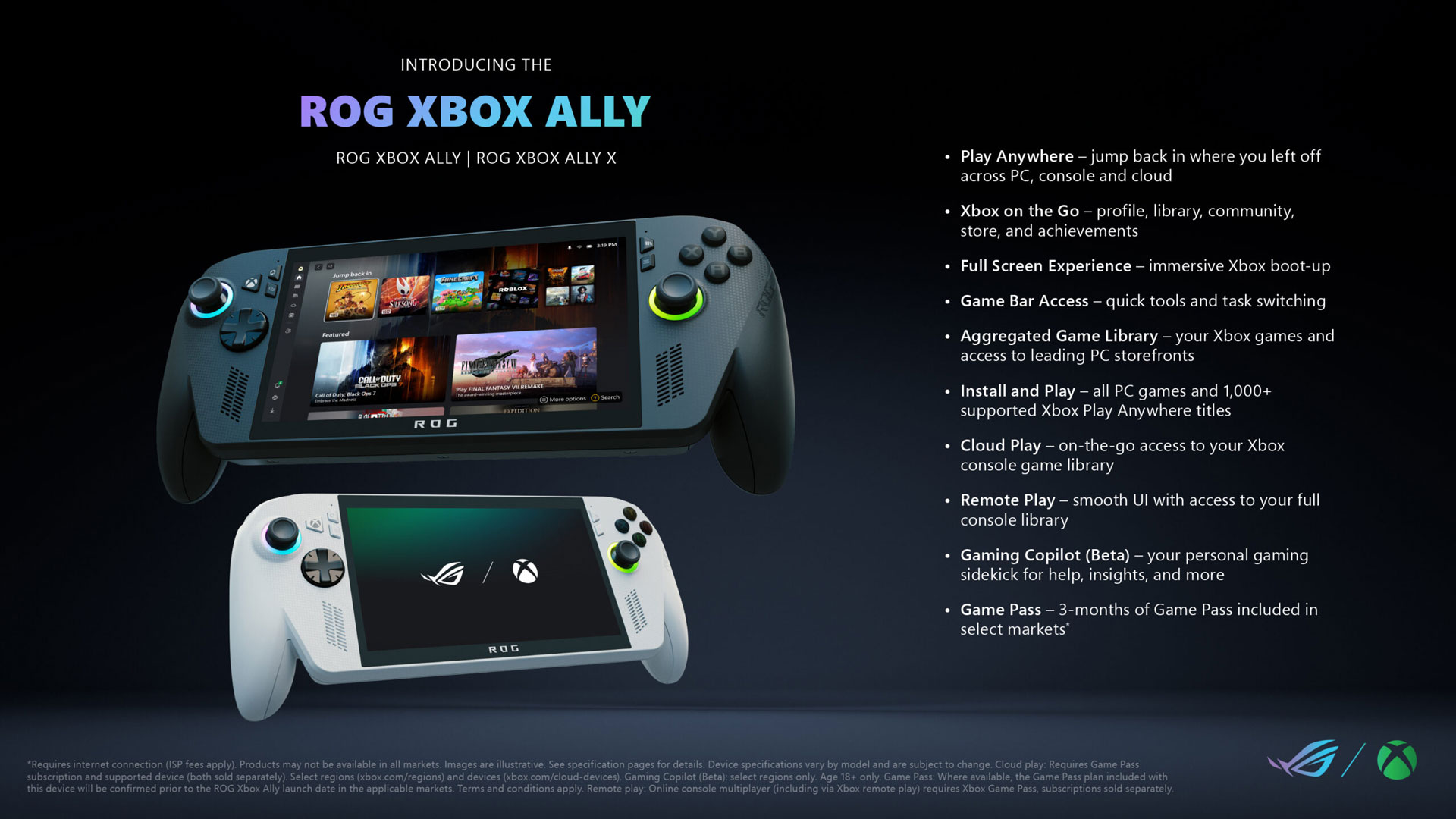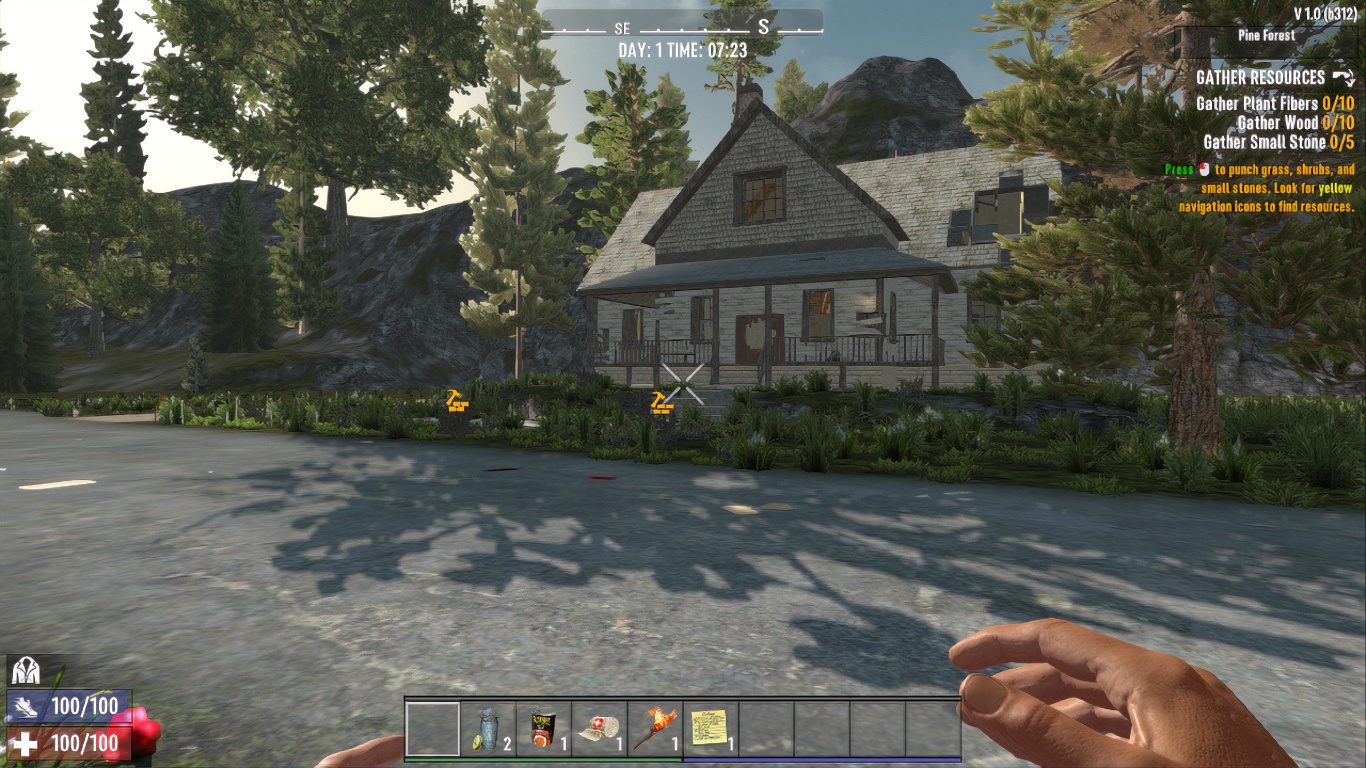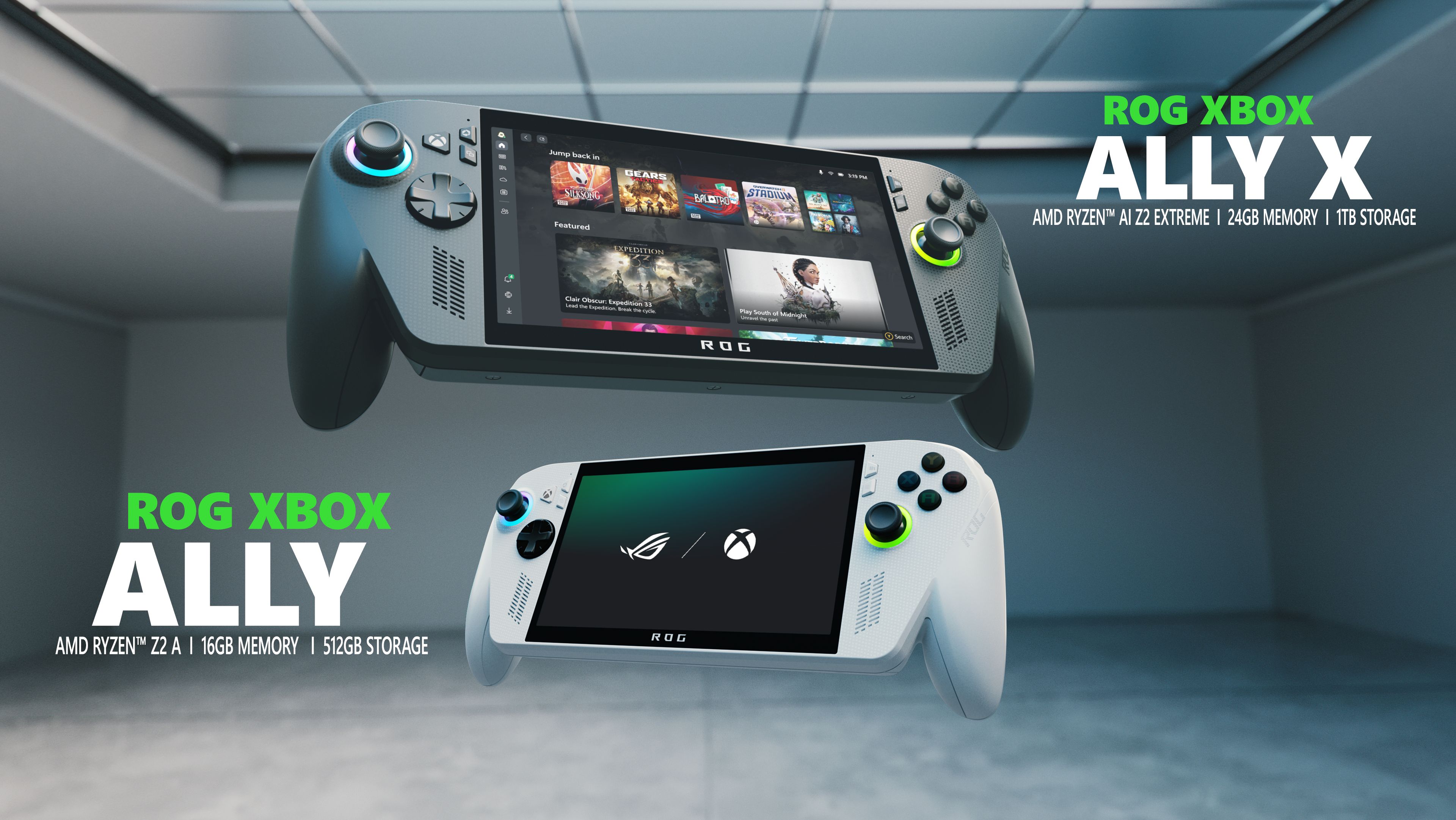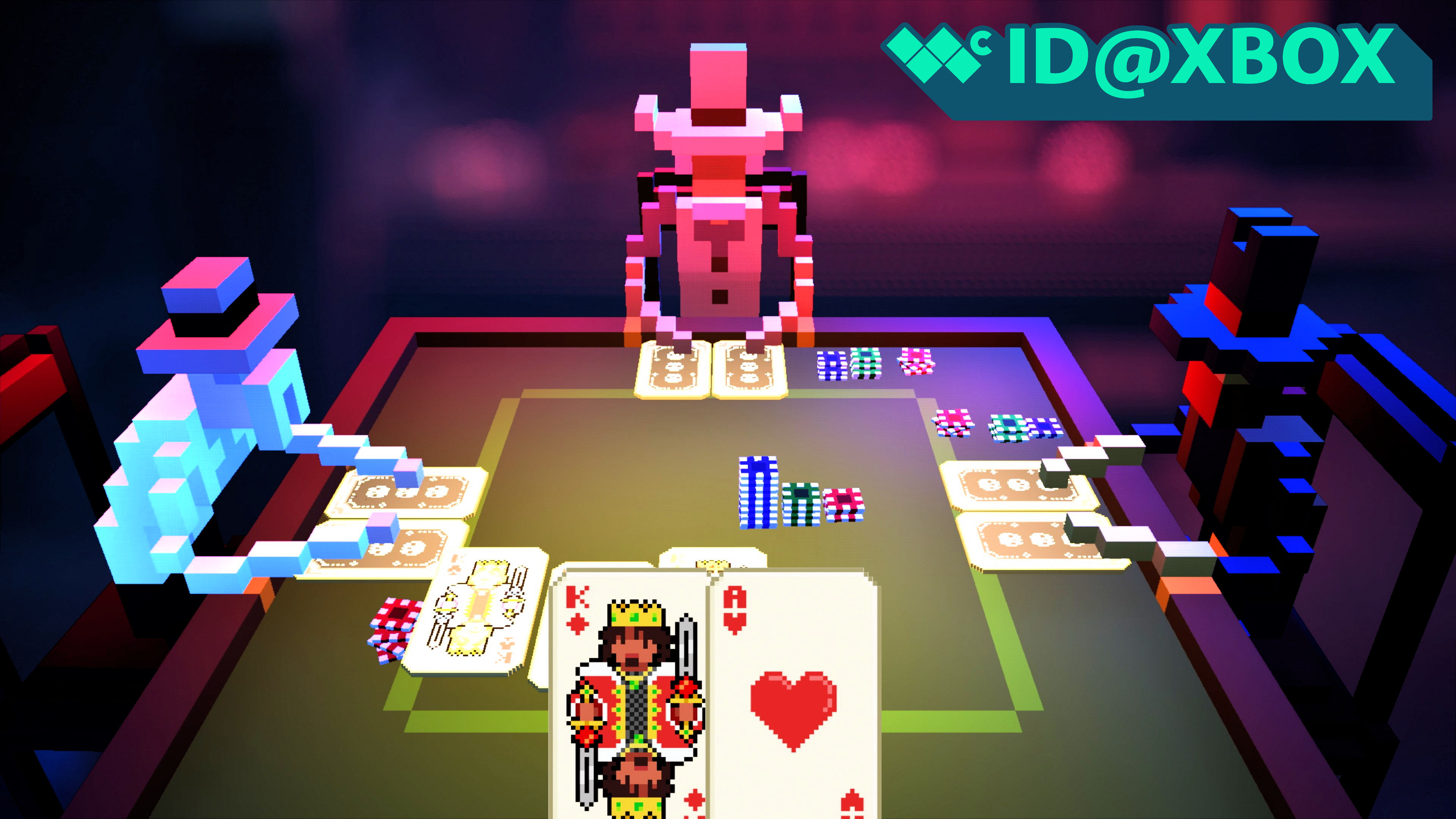The Xbox Ally handheld gaming PC launches worldwide — and Xbox already has a roadmap for its future
Xbox has a plan to keep on improving the Ally, now it just needs to deliver.
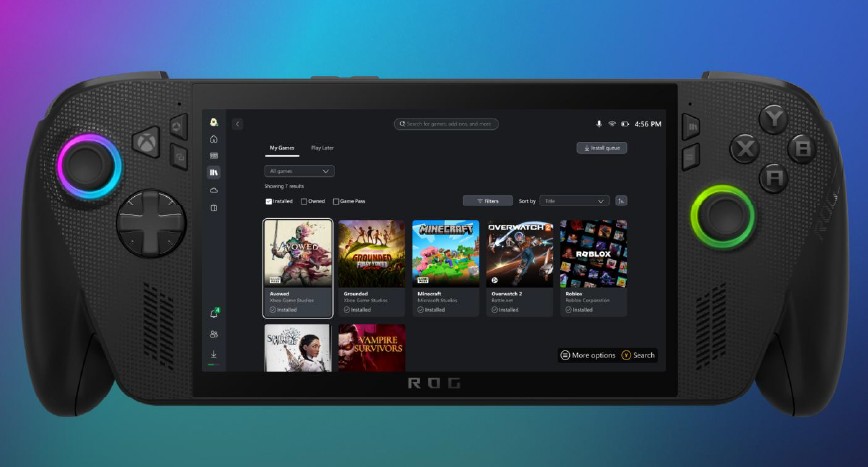
Keen-eyed readers might know we already covered the Xbox Ally updates previously. However, with the amount of news and coverage surrounding the handheld this week, it is worth taking a closer look at what comes next.
Xbox has shared a clearer roadmap for the future of the Xbox Ally, outlining how it plans to evolve the device through software updates and long-term support.
The Xbox Ally and Xbox Ally X are now available in 45 countries. Developed in partnership with ASUS and Xbox, with AMD Z2 Extreme chip, the handheld marks Xbox’s first serious step into portable gaming. On paper, the concept is strong. It brings your Xbox library, achievements, community, and even Game Pass on the go. But it is not perfect yet.
Some early reviews have praised the hardware, but many agree that the user experience is rough in places due to Windows and software limitations. Xbox is aware of this, and it has now laid out what players can expect over the coming months. So, let’s break down exactly what the Xbox offers today and what is planned for the future of the Xbox Ally.
What the Xbox Ally offers today
The Xbox Ally comes in two models: the standard Xbox Ally and the Xbox Ally X. Both are built to feel familiar in the hands, with a design inspired by the Xbox controller. Under the hood, the standard model uses AMD’s new Z2 A chip, which offers a small performance bump over the Steam Deck.
The Xbox Ally X goes further with the Z2 Extreme processor, which should deliver better performance in more demanding games.
What makes the Xbox Ally stand out is its deep collaboration between Xbox and Windows. It introduces a new Full Screen Experience, also known as FSE, which boots the device straight into the Xbox app for a console-like feel.
All the latest news, reviews, and guides for Windows and Xbox diehards.
It also disables unnecessary Windows background tasks to free up system resources, something handheld Windows PC users have been asking for years and should be available later for other devices.
While it cannot natively install your Xbox console library, the handheld does support PC storefronts like Steam and Epic Games. It also supports Xbox Play Anywhere titles, so certain games you already own on Xbox will work on the Ally at no extra cost.
Xbox Cloud Gaming is included too, letting you stream titles now through all tiers of Game Pass. If a game is not available through the cloud or PC, you can still use Xbox Remote Play to stream directly from your home console.
It is still early days for the Xbox Ally, but the premise is exciting. Game Pass on the go and access to your Xbox ecosystem in handheld form is something I have wanted for years. It is not without flaws, though.
Early reviews have praised the hardware but criticized parts of the user experience. The Full Screen Experience in particular has been called unfinished, with some reviewers saying it still feels like a beta. Xbox seems to recognize this, and it has published a roadmap that outlines how the Ally will improve over time. Here is what fans can expect next.
The Xbox Ally roadmap — what’s next for the device
Xbox Ally users can expect the following updates in the coming weeks and months, as confirmed by Microsoft:
- Default Game Profiles
- Enhanced docking experience
- AI-powered Automatic Super Resolution
- AI highlight reels
It might not look like a huge list at first glance, but these updates will also include general improvements to stability, usability, and performance. That should help address many of the common complaints about the software. At least, that is the hope.
Default Game Profiles will automatically adjust settings on a per-game basis. I assume the goal is to balance performance and battery life without forcing players to tweak settings every time they launch a game.
The enhanced docking experience is still a little vague, but the idea is clear. Xbox wants the Ally to work better when connected to a monitor or TV. In a dream scenario, docking would offer a more console-like experience. In reality, it will likely mean better display scaling, fewer hiccups when switching between handheld and docked mode, and more consistent performance without any display problems.
Automatic Super Resolution (Auto SR) is one of the more exciting additions. It uses AI to sharpen games and boost visual quality without a big hit to performance, as it leverages the NPU not the CPU or GPU. It will upscale games that run at lower resolutions so they look closer to 1080p or even 1440p, which should make a real difference on the Xbox Ally in particular, as it’s the weaker of the two.
It's particularly noteworthy that this will be the first sign of Auto SR on a non-Qualcomm device. Until now, the tool has been exclusively available on the Snapdragon X platform.
AI highlight reels are a quality-of-life feature aimed at sharers and content creators. Again, I’m assuming here as information is vague but the Xbox Ally would automatically detect gameplay moments it thinks are worth saving and capture them for you, without needing to record everything manually.
A promising start, but the real test begins now
It is a good start for the Xbox Ally, and there is clear long-term potential here. Xbox now feels like it is heading toward a PC-based future, where hardware is less important than the ecosystem itself.
An aggregated library across Steam, Epic, and Xbox on a console designed by Xbox is exciting, especially if native Xbox console libraries eventually become part of that vision.
For now, the experience still needs work. The Ally feels caught between being a handheld PC and a true Xbox handheld. Reviews and user feedback highlight the same problem: Windows gets in the way.
The first boot experience is cluttered with unnecessary apps like Microsoft Teams, and the setup process is slowed down by updates to both the Xbox app and ASUS’s Armoury Crate software. It does not feel streamlined, and it does not feel console-like just yet.
A device that can cost up to $1,000 should not feel like it is still in beta. Microsoft could have avoided much of this criticism by running the software through its Insider Program before launch.
The good news is that Xbox knows the experience needs improvement, and it has already confirmed that work has started. The roadmap is a step in the right direction, but now it has to follow through.
Time will tell whether Xbox can turn the Ally from a great concept into a great product. For now, if you want a deeper breakdown of the hardware, software experience, and performance, be sure to check out our full review.

Follow Windows Central on Google News to keep our latest news, insights, and features at the top of your feeds!

Adam is a Psychology Master’s graduate passionate about gaming, community building, and digital engagement. A lifelong Xbox fan since 2001, he started with Halo: Combat Evolved and remains an avid achievement hunter. Over the years, he has engaged with several Discord communities, helping them get established and grow. Gaming has always been more than a hobby for Adam—it’s where he’s met many friends, taken on new challenges, and connected with communities that share his passion.
You must confirm your public display name before commenting
Please logout and then login again, you will then be prompted to enter your display name.
